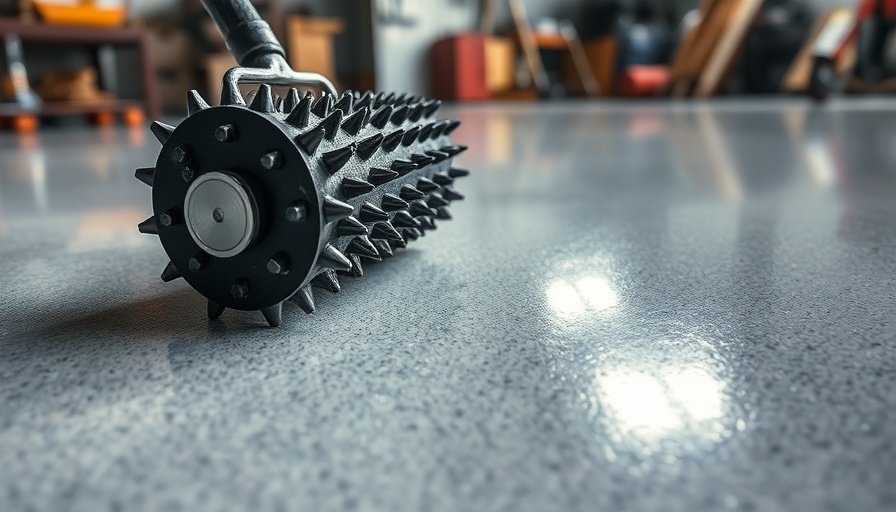
Can You Stain Particle Board? Here’s What You Need to Know
Particle board is one of the most versatile yet underrated materials used in many home improvement projects. Often utilized as a cost-effective solution for furniture, cabinetry, and flooring, its makeup comprises wood particles and adhesives compressed together. While many DIY enthusiasts ponder, "Can I stain particle board?" the answer isn’t straightforward. Generally, staining depends on the surface finish of the particle board.
If your piece of particle board has a laminate coating, staining it won't yield positive results since the laminate will not absorb the stain. However, if the particle board is raw or unfinished, it can indeed be stained effectively, enhancing its appearance akin to natural wood.
A Step-by-Step Guide to Staining Particle Board
Should you choose to give your particle board a new look, follow these simple steps to stain it properly and effectively:
1. Prepare the Surface
Before applying any stain, it's important to clean the surface thoroughly. Use a mixture of warm water and detergent to scrub off any grime. After cleaning, ensure it dries completely. Furthermore, since particle board is porous, a sealing layer is necessary before applying stain. This will help promote even coloration and prolong the lifespan of the stain. Applying a wood sealer creates a protective barrier, making the surface ready for staining.
2. Apply the Stain
Once your particle board has been sealed and dried, it’s time to apply the stain. Use a clean paint tray to pour some wood stain and apply with a paint roller. Working in small sections, ensure that you wipe off any excess stain within a few minutes of application. The stain process can be repeated for a darker look.
3. Seal the Stained Surface
After the stain has fully dried—typically about 8 to 10 hours—it's advisable to seal the stained surface with a protective varnish. For indoor projects, a polyurethane or acrylic varnish works best, while exterior projects might need oil-based options known for their resilience against weather conditions.
Understanding Particle Board Variations
It's key to understand the different types of particle board before diving into your project. Medium Density Fiberboard (MDF), for instance, is smoother and may be easier to stain and paint than traditional rough particle board. Oriented strand board is another variant, typically utilized for more robust applications such as flooring. It is worthwhile to assess which type you're working with as it may affect how the stain adheres and looks.
Consider Alternative Finishing Techniques
For some projects, particularly furniture restoration, consider painting instead of staining. For example, a recent DIY project demonstrated how painting particle board furniture can transform an otherwise plain piece into a stylish item. The process can involve filling in any imperfections and applying a few coats of paint before sealing.
Final Thoughts: Why Staining Matters
Staining particle board can elevate your DIY project, transforming dull furniture into dazzling centerpieces. Even though it might take a little bit of extra time and attention, both staining and painting can bring your particle board pieces back to life.
After completing your project, consider sharing your results online with fellow DIY enthusiasts to inspire others. And remember, don’t hesitate to experiment with different colors and techniques to achieve the perfect finish!
 Add Row
Add Row  Add
Add 




Write A Comment